Phonics Teaching Resources
Make teaching phonics easy with printable phonics worksheets, activities, games and more designed for primary teachers.
This collection of Australian curriculum-aligned teaching resources has been carefully reviewed by our expert teaching team to make sure every resource is classroom-ready — so we can make your lesson planning easier!
New to teaching phonics, or just looking for new ways to engage your students? Read on for a primer from our teacher team!
What Is Phonics?
You've likely heard the word 'phonics' thousands of times throughout your own education and maybe on one of those old as from the '90s. But what is phonics, exactly?
Phonics is technically defined as the systematic instruction of the relationships between letters and sounds in written language. But that's a mouthful, isn't it? More simply, phonics is the word we use to refer to the method of teaching reading by focusing on the relationship between written letters and the sounds they represent.
In phonics, kids learn how to decode written words by recognising the sound-symbol correspondence.
Phonics vs. Phonemic Awareness
When we start talking about letters and their sounds, we start to wander into phonemic awareness territory. So what's the difference?
The words phonics and phonemic are similar, and the two concepts are — surprise, surprise — related. But there are key differences.
Phonemic awareness is essentially the ability to identify and manipulate individual sounds — aka phonemes — in spoken language. It's those individual sounds and their correspondence to the letter symbols that can be used by kids to then decode written words.
So students learn to recognise the individual sounds of spoken language (phonemes) and how these sounds can be represented by letters (graphemes) in written language. Then they apply this knowledge to decode written words by understanding the sound-symbol correspondence.
Consider this example:
- Let's say your student can identify the separate sounds in a spoken word such as 'cat' (i.e., /k/ /a/ /t/). That's phonemic awareness.
- Now let's say you're teaching that same student that the letter 'c' represents the /k/ sound and that the letter 'a' represents the /a/ sound, and that these sounds combine to form the word 'cat.' That's phonics!
How to Teach Phonics in Primary School
OK, you probably already know that phonics is all about teaching word recognition via grapheme-phoneme associations and letter-sound correspondences.
It’s a means of teaching early readers the pieces that make up a word so they can blend them together to decode the English language as readers and writers.
But how do you teach it?
In the earliest stages, phonics instruction typically begins with teaching students the most common letter-sound relationships. You start with consonants, then move on to vowels, then consonant blends.
Students then learn to sound out words by decoding the letters and blending the sounds together to form words.

Phonics Vocabulary Terms to Remember
The English language system is one of the hardest to teach and learn, so how do you teach phonics? Let’s start with the phonics vocabulary.
- For starters, there are 26 letters that create approximately 44 phonemes, the word for the individual speech sounds that make up words. Put together, phonemes make words. OK, easy enough, right?
- Well, these phonemes can be written in more than 200 different letter combinations, known as graphemes. Graphemes can be made up of 1 letter (such as 'p' in 'pig'), 2 letters (such as 'gh' in ghost), 3 letters (such as 'igh' in night), or 4 letters (such as 'ough' in rough).
- Then there are digraphs or two letters that work together to make one sound — such as “ph” in graph. But wait, isn’t that a grapheme? Yup, a digraph is a type of grapheme.
- So is a trigraph, trigraphs, aka three letters that work together to make one sound, such as 'dge' in edge.
- And if you’re teaching phonics, you can’t forget dipthongs, the name for a sound that is formed by the combination of two vowels in a single syllable, such as 'ou' in loud.
Most students will spend foundation, year 1 and even year 2 getting a handle on all phonics elements!
- Plus Plan
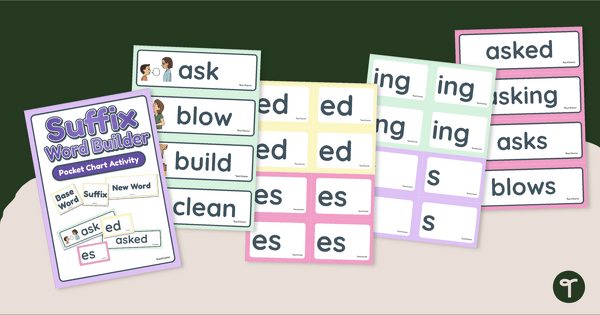
Suffix Word Building Activity
Build words using the suffixes -ed, -es, -s, and -ing with a printable word-building pocket chart card pack.
- Plus Plan
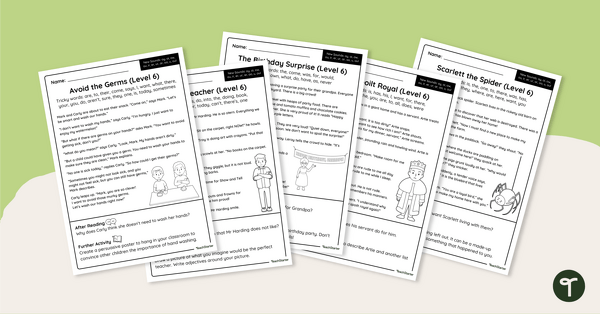
Level 6 Decodable Readers - Worksheet Pack
A set of one-pager worksheet versions of the texts from our Level 6 decodable readers.
- Plus Plan
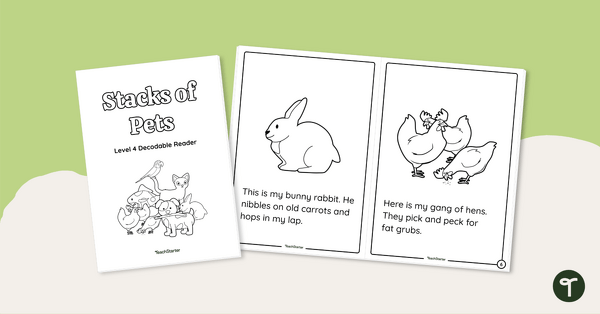
Stacks of Pets - Decodable Reader (Level 4)
Develop confident, successful readers with this phonics-based, printable decodable book.
- Plus Plan

Level 4 Decodable Readers - Worksheet Pack
A set of one-pager worksheet versions of the texts from our Level 4 decodable readers.
- Plus Plan
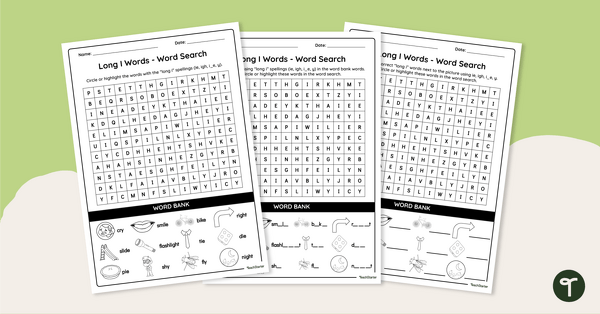
Long I Words - Word Search
Explore words containing some of the most common ‘long i’ graphemes with this set of differentiated word searches.
- Plus Plan
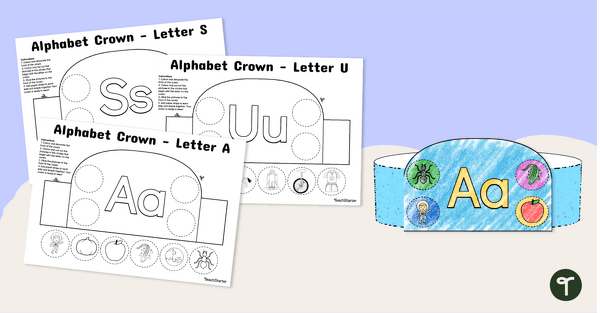
Letter of the Day - Alphabet Crown Craft Templates
Build letter recognition and highlight the focus letter with a set of printable alphabet hats.
- Plus Plan
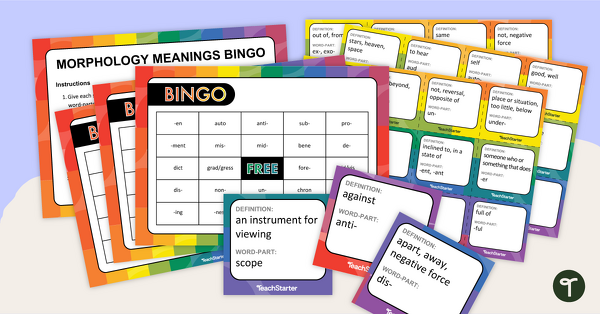
Morphology Meanings Bingo
Examine word parts and identify their morphological meanings in this BINGO game.
- Plus Plan
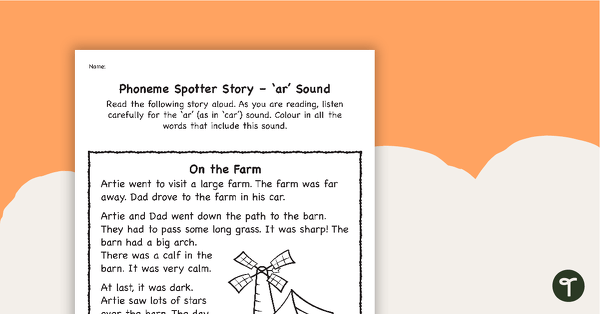
Phoneme Spotter Story – 'ar' Sound
A decodable text featuring various graphemes that make the 'ar' sound.
- Free Plan
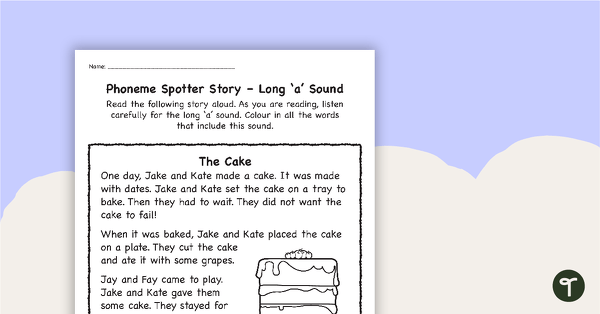
Phoneme Spotter Story - Long 'a' Sound
A decodable text featuring various graphemes that make the long 'a' sound.
- Plus Plan
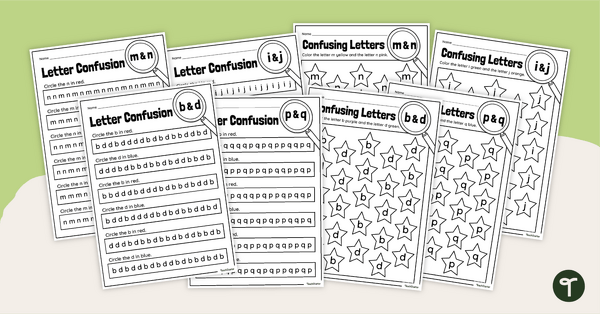
Letter Confusion Worksheets
Help students who are struggling with letter confusion with this set of 10 letter confusion worksheets.
- Plus Plan
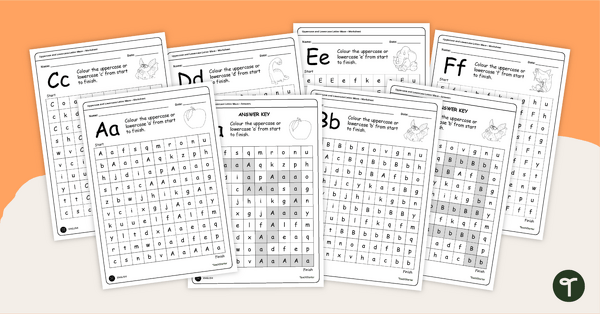
Uppercase and Lowercase Letters Maze Worksheet Set
Help students learn to recognise both uppercase and lowercase letters of the alphabet with this fun set of maze worksheets.
- Plus Plan

Alphabet Letter-Sound Assessment Pack
Assess your students abilities to write their names, identify letters, letter sounds, and initial/middle/ending sounds with a printable alphabet assessment pack.
- Plus Plan
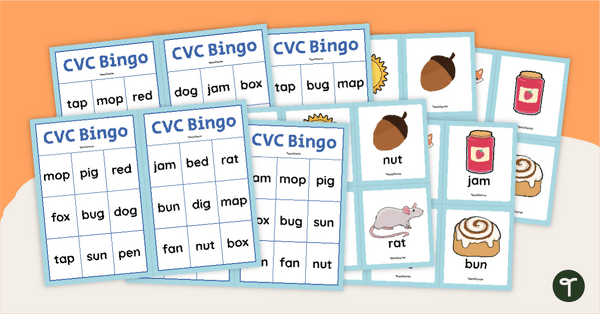
CVC Words Bingo Game
Practise decoding simple CVC words with this set of printable Bingo boards.
- Plus Plan
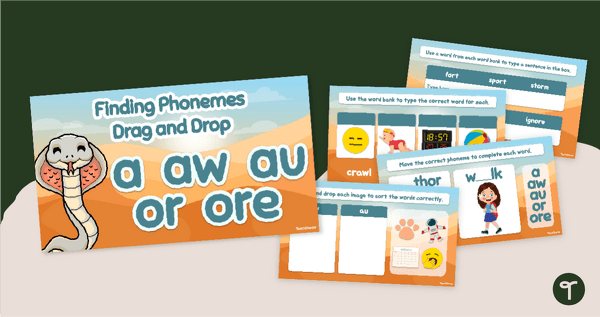
Finding Phonemes - A, AW, AU, OR, ORE Digital Learning Activity
Read and spell words using the au, aw, a, or, and ore phonemes with an interactive digital learning activity.
- Plus Plan
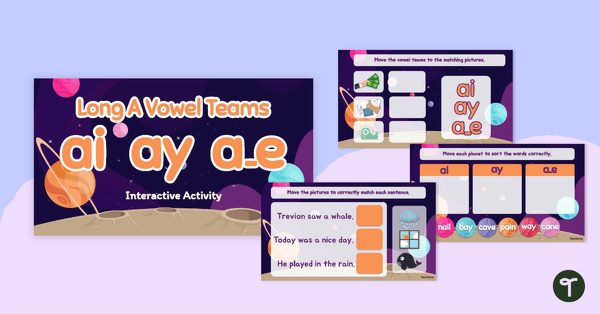
Long A Vowel Digraph Interactive Activity
Practise identifying the different graphemes that spell the long /a/ sound with this fun space-themed interactive activity.
- Plus Plan

Ch Digraph Lesson Resource Pack
Introduce students to the ch digraph with this set of teaching slides and mini activity book.
- Free Plan
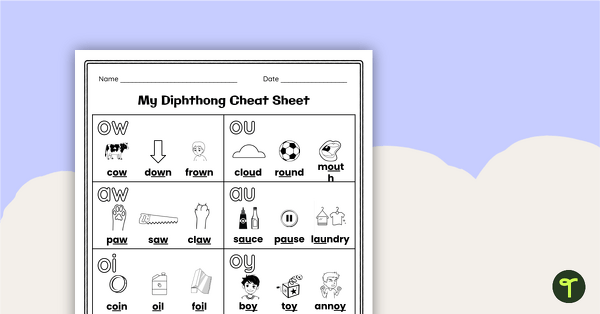
My Diphthong Cheat Sheet
Help students learn all about diphthongs with this handy diphthong student reference sheet.
- Plus Plan
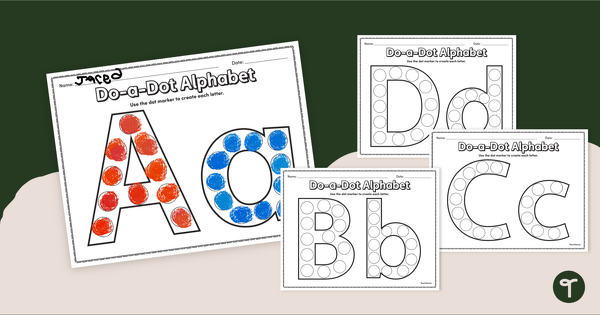
Dot Painting ABC Worksheets
Build fine motor skills and letter recognition with a fun set of Alphabet Do-a-Dot printables.
- Plus Plan
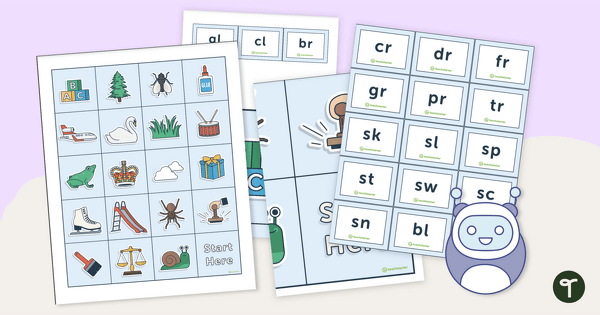
Blends Coding Robot Mat
Put your coding robots and your students to work practising blends with a printable coding robot mat.
- Free Plan
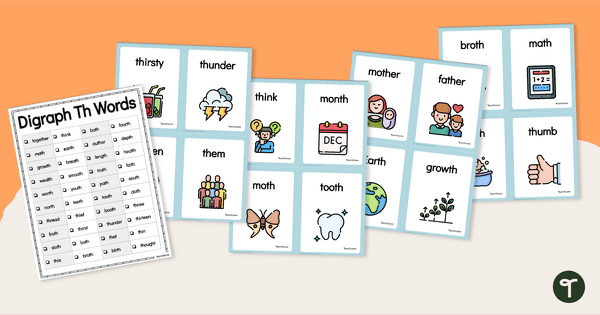
Th Word List and Flash Cards
Practice reading and spelling words with the Digraph TH with a list of 50 words and accompanying illustrated flash cards.
- Plus Plan
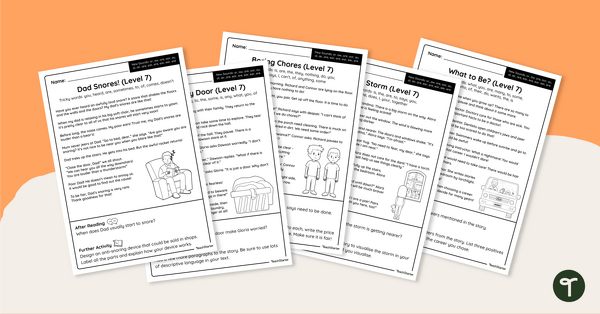
Level 7 Decodable Readers - Worksheet Pack
A set of one-pager worksheet versions of the texts from our Level 7 decodable readers.
- Plus Plan
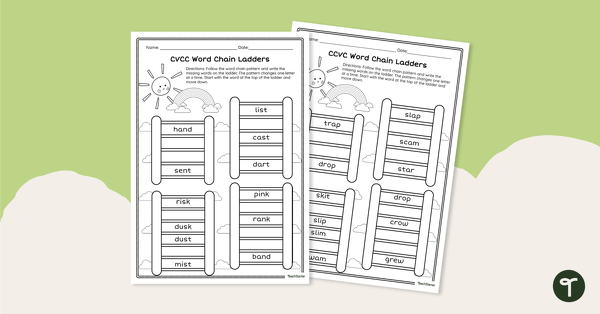
CVCC and CCVC Word Chain Ladders - Worksheets
Build word chains with CVCC and CCVC words using this set of printable phonics worksheets.
- Plus Plan
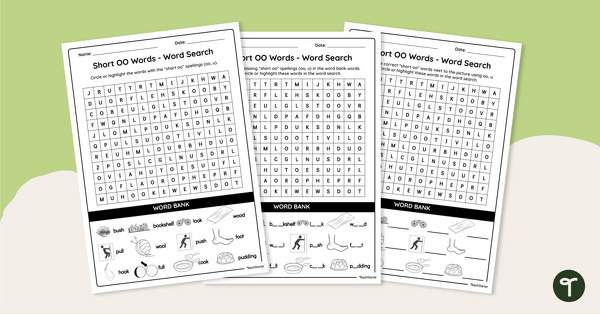
Short OO Words - Word Search
Explore words containing some of the most common ‘short oo’ graphemes with this set of differentiated word searches.
- Free Plan
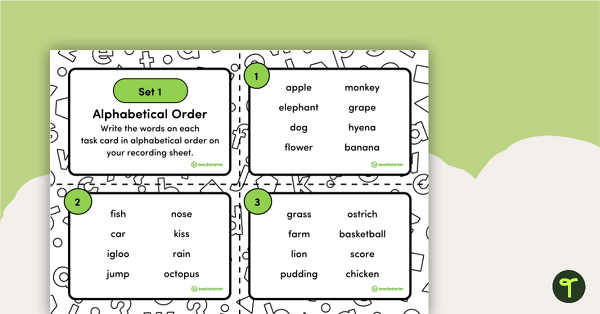
Alphabetical Order Task Cards – Set 1
A set of 11 task cards alphabetising a series of words to the first letter.
- Free Plan
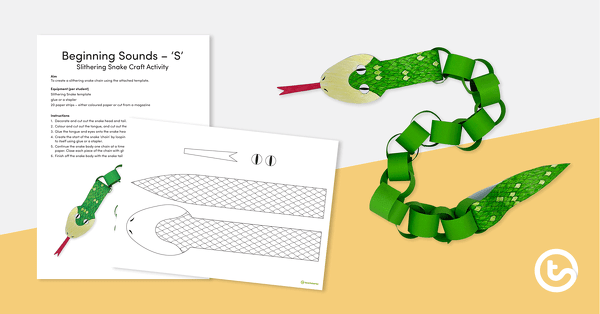
Beginning Sound Craft – S – Slithering Snake
An initial sound craft to introduce the sound 's'.
- Plus Plan
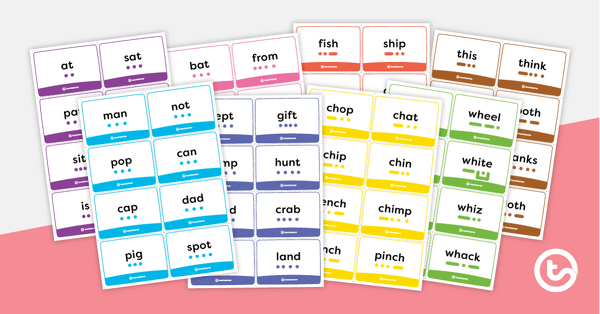
Decodable Sound Button Flashcards – Set 1
A set of over 100 decodable sound button flashcards.
- Plus Plan
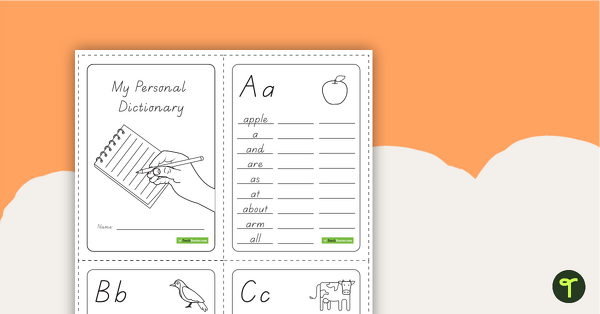
Printable Personal Dictionary for Primary Students
A printable booklet with pictures and sight words for students to create their own personal dictionary.
- Plus Plan
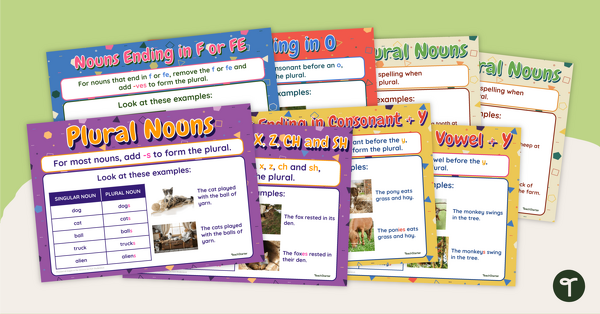
Plural Rules Poster Pack
Make plural rules a breeze to understand with plural noun posters.
- Plus Plan
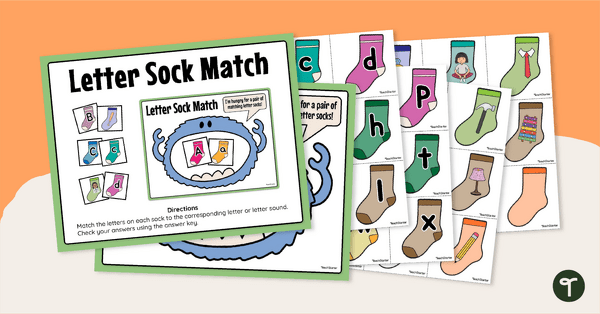
Sock Letter Matching Activity
Match socks together for a great letter matching activity where the lowercase letter, uppercase letter and beginning sounds are matched.
- Plus Plan
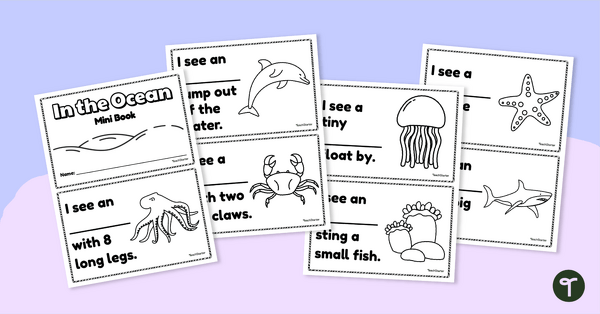
Printable Early Reader Books - Ocean Animals
Learn about sea life with a printable ocean book for year 1 students.
- Plus Plan
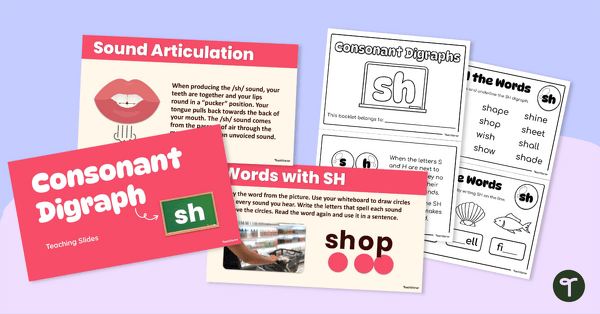
Sh Digraph Lesson Resource Pack
Introduce students to the sh digraph with this set of teaching slides and mini activity book.
- Plus Plan

Christmas Memory Game - Beginning Letter Sounds
Have fun matching Christmas words with their beginning sounds using a printable Christmas Literacy Memory Game.